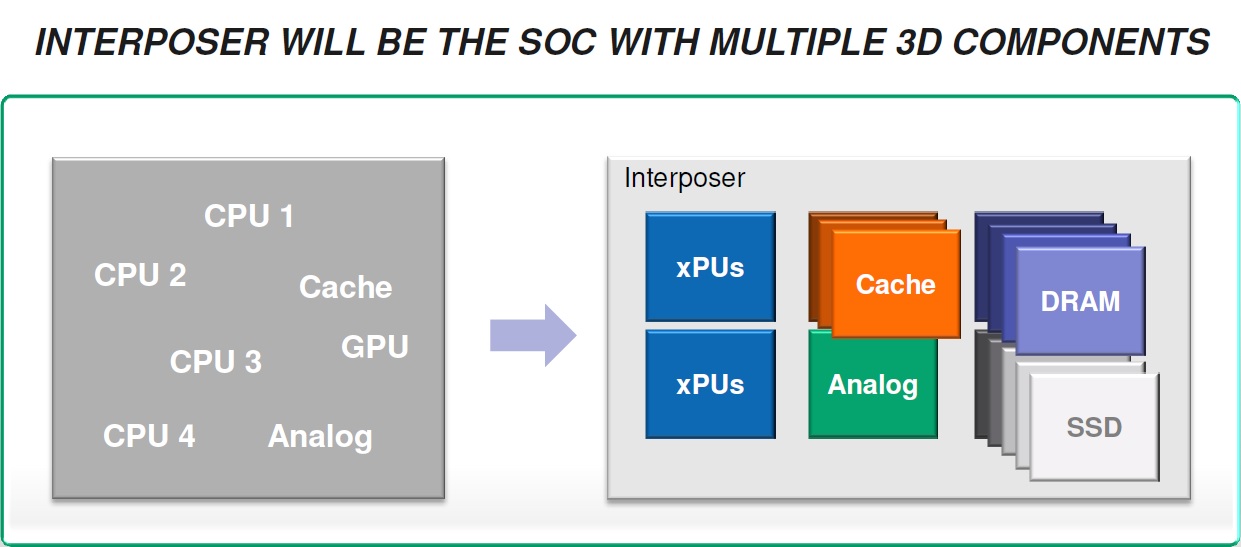The pricing isn't up to AMD though, is it? This smells like the OEMs are (at Intel's behest?) screwing AMD over.
I build computers for a living. The A10 is the same price as an i3 and the A8 is cheaper, and our prices for customers reflect this. Sounds like a more subtle market-corruption tactic of Intel's...
Reasons that may attribute to this,
1. OEM fierce competition on Intel products with low margins.
OEMs continuously battle for selling Intel products, they sell as cheap as possible to gain market share that they solely relying on Intel rebate programs to gain profit.
On AMD products they solely relying on selling at higher margins, thus making the product more expensive to the consumer.
2. Higher volumes on Intel products equals lower BOM and faster ROI.
Higher volumes means lower cost not only of the CPU but for many other components, like motherboards etc. Also since they sell higher volumes of Intel products (PCs, Laptops, AIOs etc) they have a faster ROI at lower margins. Since most products have a 12 month cycle, selling less AMD products mean they have to sell at higher margins in order to get a ROI at the same 12 months period, making the selling price of the product higher for the Consumer.
3. Better iGPU performance as an added value.
OEMs always added higher margins for their products featuring a dGPU over Intels iGPU. An AMD APU having far better iGPU performance and software ecosystem (for games and professional software), gives them an excuse to sell their AMD product as a premium device and thus raise the selling price (higher margins) making the product even more expensive to the consumer but offering higher profit and faster ROI for the OEM.
I believe those are the top 3 reasons why pre-build OEM PCs/Laptops and AIOs are not cheaper vs Intel counterparts although AMD APU retail prices are cheaper or equal to Intels counterparts.




